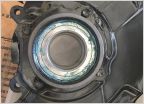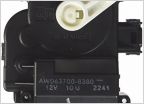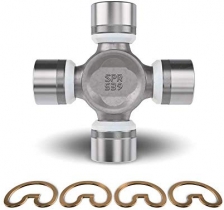-
Welcome to Tacoma World!
You are currently viewing as a guest! To get full-access, you need to register for a FREE account.
As a registered member, you’ll be able to:- Participate in all Tacoma discussion topics
- Communicate privately with other Tacoma owners from around the world
- Post your own photos in our Members Gallery
- Access all special features of the site
Snake Oil? Proprietary Throttle Body Cleaners and Tranny Flushes? (like BG)
Discussion in '1st Gen. Tacomas (1995-2004)' started by Cadmus, Dec 22, 2015.
Page 5 of 5
Page 5 of 5


 Duplicolor Color Matched Spray Paint
Duplicolor Color Matched Spray Paint Help Finding the Up/Downstream O2 Sensors for my 1996 (Automatic) 2.4 L
Help Finding the Up/Downstream O2 Sensors for my 1996 (Automatic) 2.4 L Front Wheel Bearings on '97 V6 TACO 4WD 5 speed w Manual hubs
Front Wheel Bearings on '97 V6 TACO 4WD 5 speed w Manual hubs Blend door actuator part #
Blend door actuator part # Schley 88250 replacement?
Schley 88250 replacement? O2 Bank 1 replaced
O2 Bank 1 replaced












































































